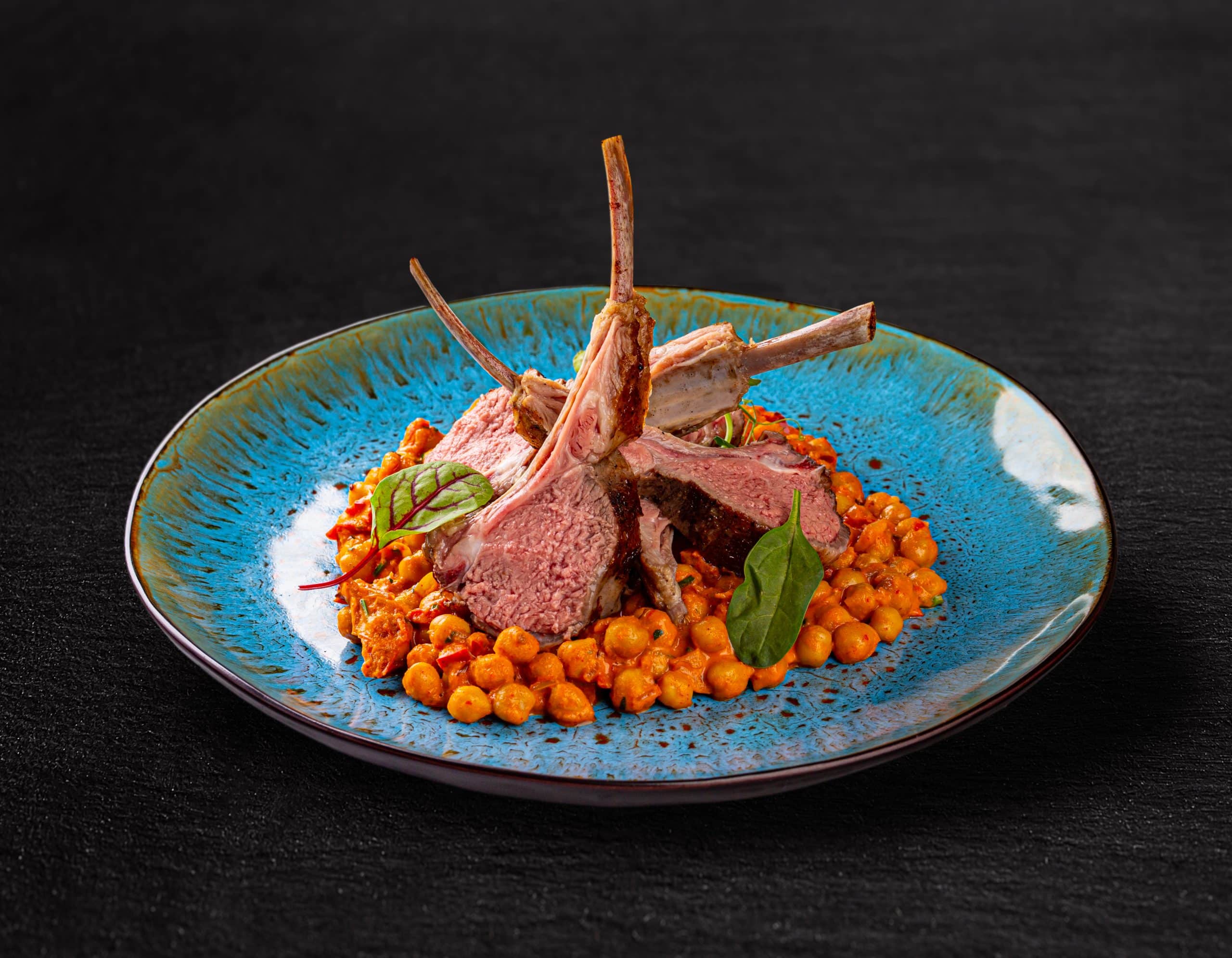Can You Perfect the Art of Sous Vide Vegetables for Maximum Flavor?

Imagine immersing your favorite vegetables in a warm bath, letting them slowly, gently cook to absolute perfection. This is the essence of sous vide—the art of vacuum-sealing food and cooking it in a temperature-controlled water bath. This technique might sound a bit science-y, and it is! But it’s also rather simple to do at home with the right equipment and a little patience. The result is a flavor-packed, perfectly cooked meal every time.
Understanding the Sous Vide Technique
Sous vide is a culinary technique that’s been adopted by many high-end restaurants and devoted home cooks alike, for its ability to produce perfectly cooked food with enhanced flavor. The term "sous vide" is French for "under vacuum," referring to the process of vacuum-sealing food in a bag, then cooking it to a very precise temperature in a water bath.
Also read : What’s the Best Method for Crafting Artisanal Vegan Cheesecakes?
With sous vide, you have complete control over your cooking. You set the exact temperature and time you want your food to cook, eliminating the risk of over or undercooking. This precision allows for food to be cooked evenly, maintaining their nutritional content and maximizing their flavor.
Another advantage of this technique is that it retains the juices and aromas that would otherwise be lost in traditional cooking methods. This is especially critical when cooking vegetables, as they often lose their vibrancy and nutritional value when overcooked.
Have you seen this : How to Achieve the Perfect Balance in Fusion Cuisine Dishes?
The Science Behind Sous Vide Cooking
The beauty of sous vide lies in its scientific approach to cooking. By maintaining a consistent, precise temperature, the sous vide technique ensures your food is cooked evenly and thoroughly. This precision is key to achieving that perfect tenderness and intense flavor.
Understanding the behavior of food at different temperatures will enhance your sous vide cooking experience. For instance, the time it takes for the center of your food to reach the desired temperature will differ according to its size and shape. A thick piece of meat will take longer than a thin fillet of fish. Similarly, dense vegetables like potatoes will require more time compared to softer ones like asparagus.
The sous vide method also pasteurizes food, killing harmful bacteria and ensuring your meals are safe for consumption. This is achieved by exposing the food to a specific temperature for a defined period.
Mastering Sous Vide Vegetables
Vegetables can be tricky to cook using the sous vide technique because they require higher temperatures than meat to break down their cell walls and become tender. However, the advantage of sous vide is that you can precisely control the temperature, preventing the vegetables from becoming mushy or losing their vibrant color.
When it comes to sous vide vegetables, timing is essential. You will need to adjust your cooking time based on the type of vegetable you are using. Tender vegetables like zucchini or bell peppers can be cooked at 185°F (85°C) for about 25 minutes, while denser vegetables like carrots or potatoes might need 1-2 hours at the same temperature.
Seasoning plays a crucial role in enhancing the flavor of sous vide vegetables. You can experiment with different herbs, spices, and oils to create a variety of flavor profiles. Adding a little olive oil or butter to the vacuum-sealed bag can also help distribute heat more evenly.
Creative and Flavorful Sous Vide Recipes
With the sous vide technique in your culinary arsenal, you’ll have a myriad of opportunities to experiment with recipes and flavors. You can infuse flavors into your vegetables that simply wouldn’t be possible with conventional cooking methods.
One simple and flavorful recipe is sous vide glazed carrots. Simply toss baby carrots in a mix of honey, butter, and fresh thyme, then cook them at 183°F (84°C) for one hour. The result is sweet, tender carrots infused with a rich, buttery flavor.
For a vibrant and tangy side dish, try sous vide green beans with garlic and lemon. Cook the beans at 185°F (85°C) for 45 minutes, then toss them in a zesty mixture of lemon zest, lemon juice, garlic, and olive oil.
Take your corn on the cob to the next level with a sous vide technique. Seal the corn along with butter and your favorite herbs, then cook at 183°F (84°C) for 30 minutes. The corn absorbs the butter and herbs, resulting in an incredibly flavorful and tender dish.
With the precision of sous vide, you can master the art of cooking vegetables, enhancing their natural flavors while achieving the perfect texture. It’s a culinary endeavor that requires some time and patience, but the results are absolutely worth it.
The Right Tools for Sous Vide Cooking
Even though the sous vide method might sound complex, it doesn’t require a lot of fancy equipment. The most crucial tool is a sous vide machine, also known as an immersion circulator. This device is responsible for heating the water in your cooking vessel and maintaining a precise temperature throughout the cooking process.
Ranging in price, sous vide machines can be standalone models or smaller devices that attach to the side of a pot. A vacuum sealer is another great tool to have for sous vide cooking, as it removes all the air from the bag before sealing, ensuring that the food is entirely submerged in the water bath. However, you can also use a zip-top bag and the water displacement method for this purpose.
Next, you need a suitable vessel for your water bath. A large pot often does the trick, but there are also dedicated sous vide containers available. These containers are usually made of clear plastic, which makes it easy to monitor your food as it cooks.
Finally, a digital thermometer is a great addition to your sous vide toolkit, allowing you to double-check the water temperature and ensure that your food is cooked to the desired degree.
Remember, the key to successful sous vide cooking is maintaining accurate temperature control. With the right tools, you can master this innovative cooking technique and achieve perfectly cooked vegetables packed with flavor.
Conclusion: Elevating Your Culinary Skills with Sous Vide
In the realm of culinary arts, sous vide is a game-changer. This cooking method, with its roots in French cuisine, has evolved into a precise science that elevates the flavor and texture of food to new heights. While it may initially seem complicated, sous vide cooking is straightforward and accessible to anyone with a bit of patience and the right tools.
Vegetables, in particular, benefit immensely from sous vide cooking. The ability to control the cooking temperature prevents overcooking, ensuring that your veggies retain their vibrant colors, essential nutrients, and intense flavors. Whether it’s a sweet and buttery carrot or a tangy green bean dish, sous vide vegetables are a delight to the senses.
Moreover, this technique opens up vast possibilities for culinary creativity. You can play with different seasonings, achieve perfect cooking times, and experiment with a variety of vegetables. It’s an exciting way to expand your cooking repertoire and impress your guests with restaurant-quality dishes.
In conclusion, mastering the art of sous vide vegetables is a rewarding culinary journey. As you gain experience and confidence with this method, you’ll find it to be a versatile and invaluable part of your cooking routine. So, immerse yourself in the world of sous vide cooking and discover the endless possibilities it offers for maximizing flavor and achieving the perfect texture every time. Happy cooking!
